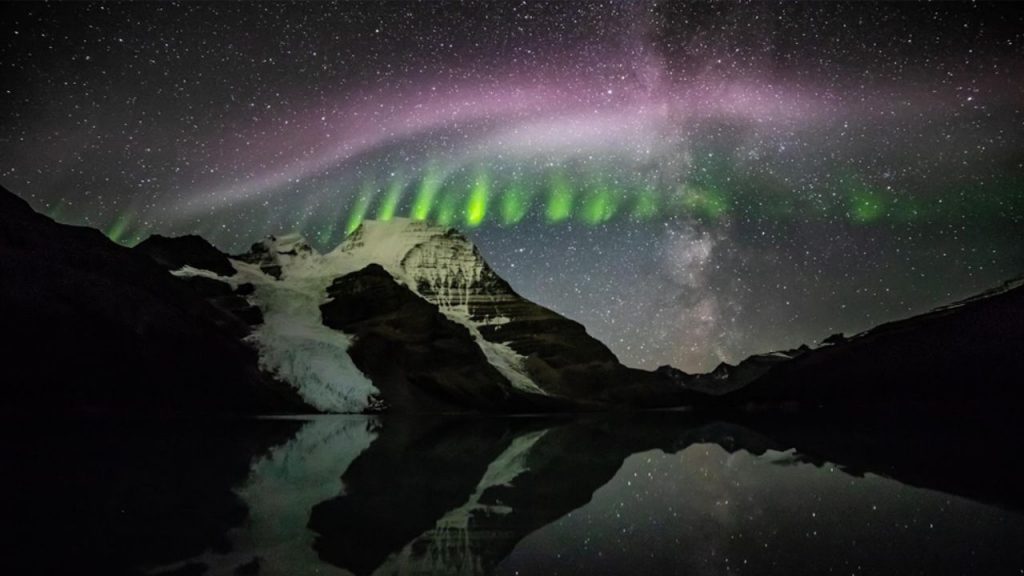One student discovered that there are phenomena that masquerade as aurora, but they are not aurora. Here’s what it’s about.
At certain latitudes, we often see green, red and purple aurora lighting up the night sky. However, there are very similar phenomena with the colors violet and white. It was first identified in 2018 as different from the common aurora, “Steve” and “The Fence” (These are the names of the two luminous phenomena in question) that were thought to be caused by the same physical processes. But one of the students discovered their true nature.
What do we know about these luminous phenomena?
Claire GaskeyA physics student at the University of California proposed an explanation for these phenomena, completely different from the processes responsible for the aurora borealis. He even suggested that NASA launch a rocket into the heart of the aurora to see if he was right. He calculated that in a certain region of the atmosphere, below where the aurora forms, electric fields parallel to the Earth’s magnetic field can produce what is called a “fence” color spectrum.
How do the aurora borealis work?
Common aurorae are produced when the solar wind energizes particles in the Earth’s magnetosphere, often at altitudes of more than 1,000 kilometers above the surface. These energetic particles wrap around the Earth’s magnetic field lines toward the poles, where they collide with and stir up oxygen and nitrogen molecules in the upper atmosphere. When these molecules relax, oxygen emits specific frequencies of green and red light, while nitrogen generates red and blue emission.
Gaskey’s discovery
Using a physical model of the ionosphere, Gaske demonstrated that a moderately parallel electric field — about 100 millivolts per meter — at an altitude of about 110 km could accelerate electrons into energy that would excite oxygen and nitrogen and generate Light spectrum Observed in “The Fence”.
Parallel electric field
“If you look at the ghost of the fence, It’s greener than you expect. “There is no blue color that comes from nitrogen ionization,” Gaskey said. “What this tells us is that there is only a specific energy range of electrons that can create those colors, and they cannot come from space into the atmosphere, Because those molecules have a lot of energy.Instead, he said, “the light coming through the fence is created by particles that must be activated out there in space by a parallel electric field, a mechanism completely different from any aurora we have studied or known about before.”
References: University of Berkeley

“Internet trailblazer. Travelaholic. Passionate social media evangelist. Tv advocate.”







More Stories
Eyelid twitching: Here you should worry and go to the doctor quickly
The absurd story of a flat-Earther couple who set out on foot in search of the end of the world
This is the first logarithmic map of the visible universe, and the video is exceptional